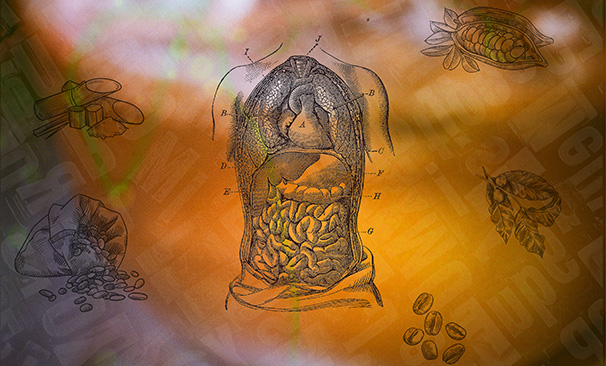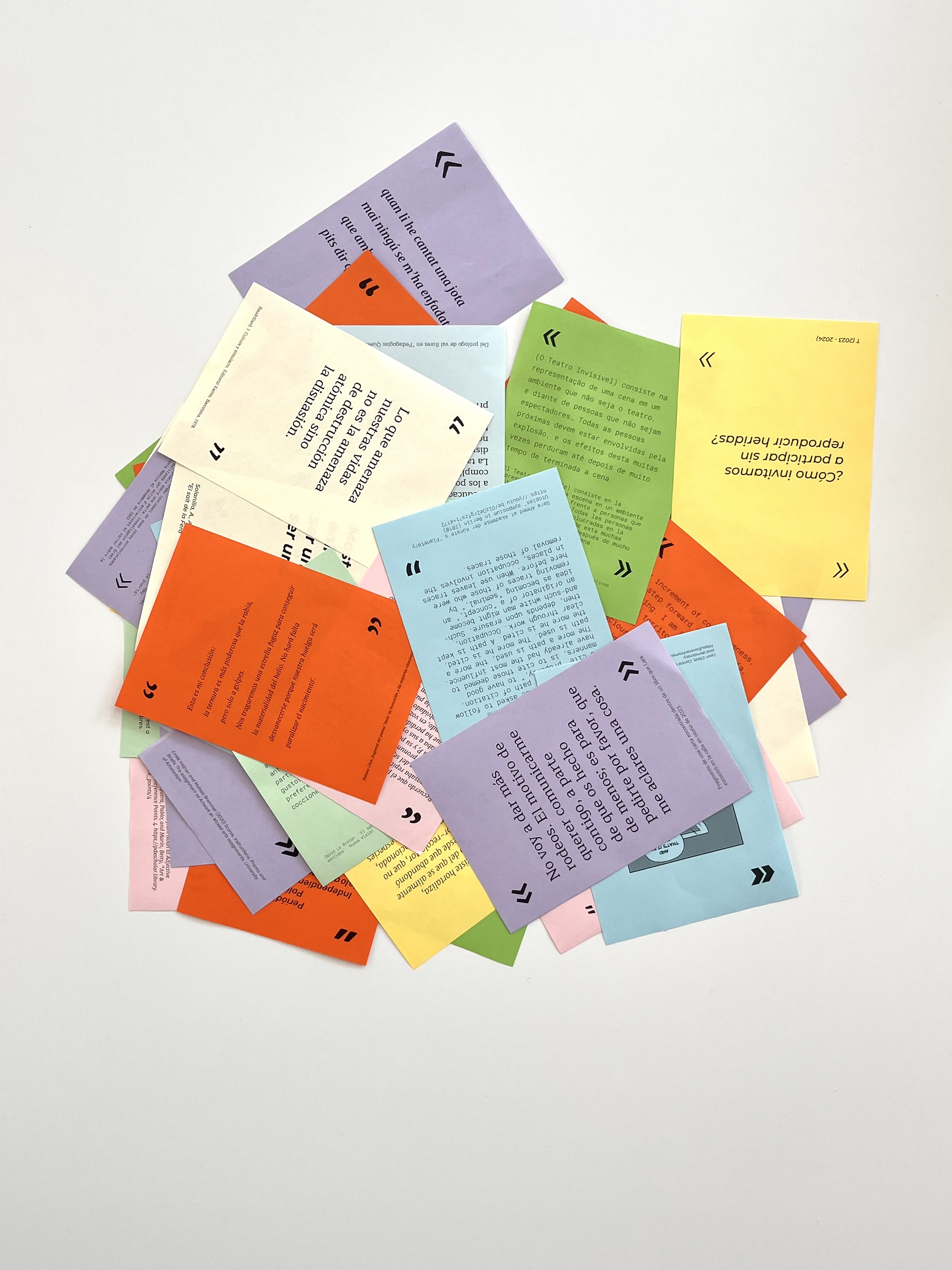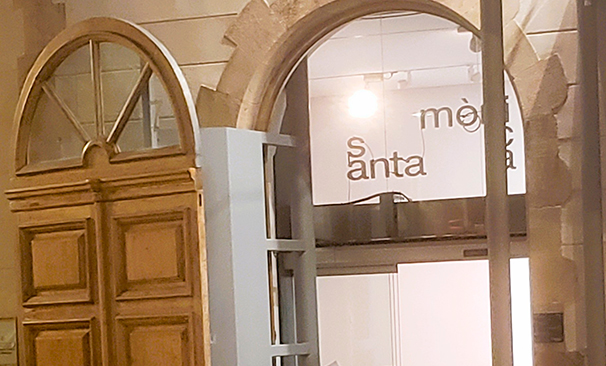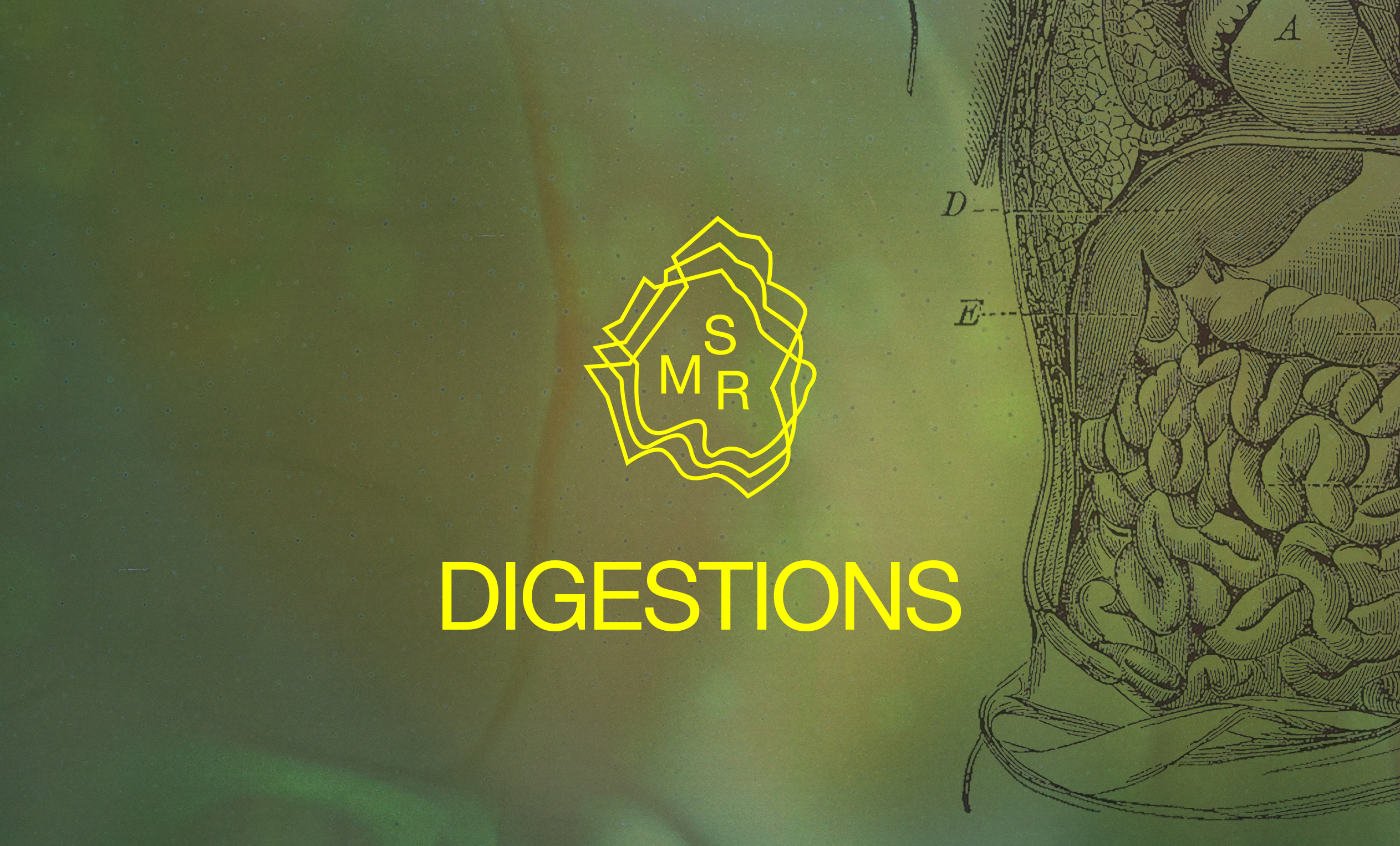What are you looking for?
You might be looking for...
Pausa-cafè
A performative conference to generate dialogue and reflection on coffee consumption
Abstract
What do we talk about over coffee? Pausa-cafè takes advantage of these spontaneous pauses to generate dialogue and reflection on coffee consumption and the social, cultural and economic relations that derive from it.
The prototype consists of accompanying the breaks – whether spontaneous or proposed – with a brief performative lecture on topics such as the history of coffee, its composition or its relationship with the world of work, and giving the people attending forms on consumption habits. At the end, over coffee, these answers are reviewed together and a discussion is held.

Coffee is a stimulant that is deeply integrated into our daily lives, increasing energy, performance and the ability to concentrate to meet high productivity demands. This prototype aims to investigate coffee from this perspective, including historical, sociological, scientific and artistic aspects, also in a multi-sensorial and relaxed format that facilitates relations between people.
Pausa-cafè also seeks to take advantage of the existing spaces for coffee consumption within the Santa Mònica and intervene there through artistic action, in order to transform functional situations in the working day and within work relations into a space for creative action.
BACKGROUND
- A group of people who want to participate in the initiative.
- A quiet space with tables and chairs.
- Culinary utensils that are considered appropriate (and that the chosen space allows): from electric coffee machines to hotplates, kettles, milk or water boilers, frothers, thermoses, mugs, etc.
- Materials deemed necessary for the performance: laptop computer, projector, screen, speakers, microphones, etc.
- Optional: complementary foods to accompany coffee, such as biscuits.
INGREDIENTS
1. Research coffee from different angles where you want to make an impact.
2. Find images, videos and other materials to accompany the research, and create a visual presentation.
3. In parallel, develop a script for the actions you want to propose.
4. Prepare everything you will need for the actions: coffee machine, professional baristas (where appropriate), a quiet space, a table, chairs, a stand for presentation materials, etc.
5. Prepare the questionnaires you want the participants to answer. Consider what information you want to extract.
STEPS
This prototype has been designed around coffee, but can be adapted to the consumption of other foods. However, it is important to maintain a willingness to reach out and that the dissemination part is always accompanied by an informal tasting that moves away from academic conventions and allows the food to be tasted on the spot.
In some contexts, such as institutions, it can also serve to ensure that centre staff (such as cafeteria or restaurant workers) are taken into account as agents involved in the creative life of the centre.
RECOMMENDATIONS AND ADVICE
Materialisations
Gastronomy Guild Prototype 23-24
Alexandra Laudo, Yazel Parra and Laura Torres
* This recipe is based on documentation of the entire process. For more details, contact us at santamonica@gencat.cat.



